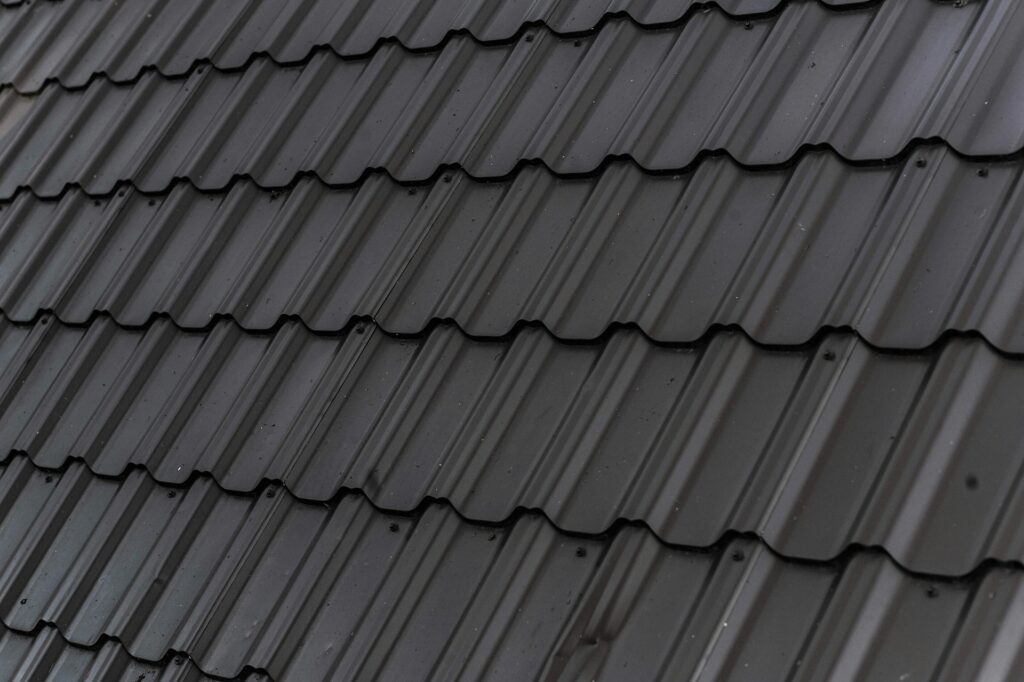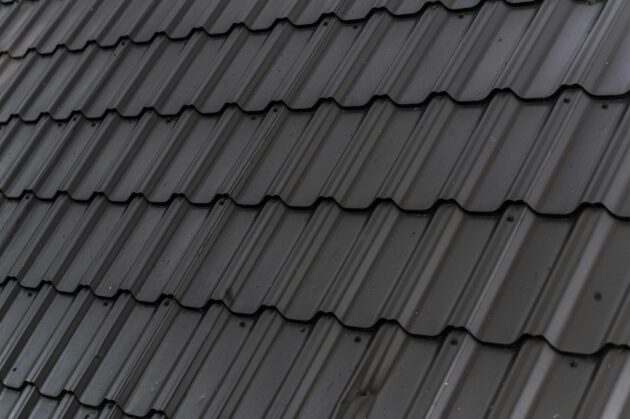
To replace a roof is a significant investment, and understanding the associated costs and options is a necessity for homeowners. Numerous factors can influence the expense of a roof replacement, including the type of roofing material, the size and pitch of the roof, and labor costs.
The age of the existing roof can affect the cost, as older roofs may require more extensive work during the replacement process. An educated approach helps homeowners budget effectively and results in better outcomes in terms of quality and longevity. Keep reading to learn more.
Table of Contents
Hiring Reputable Roofing Contractors
Selecting a qualified roofing contractor is fundamental to a successful roof replacement. A well-reviewed contractor understands local building codes, works safely, and has a strong track record of completed projects. Ask for references and check reviews from previous clients. When interviewing contractors, homeowners should discuss estimates, timelines, and materials in detail.
Obtaining multiple bids creates competition and gauges fair pricing. Contractors like https://firstamericanroofing.com/ should provide written contracts, outlining the scope of work and payment schedules, to avoid misunderstandings. Whoever you hire, they must carry proper insurance and warranties. Choosing the right contractor will affect the outcome of the roofing project and guarantee quality installation and lasting benefits.
Looking into Roofing Material Options
The most common roofing materials include asphalt shingles, metal, wood, tile, and slate. Asphalt shingles are popular due to their affordability and ease of installation. Metal roofing offers durability, energy efficiency, and a higher upfront cost. Wood shakes provide an organic look but may require constant repairs. Seen in warmer climates, tile roofs are stylish and long-lasting. Slate roofs are luxurious yet expensive, reserved for high-end homes.
Each material affects energy efficiency, with options like metal and tile providing better insulation. Homeowners should factor in the climate, local regulations, and aesthetic preferences when selecting roofing materials for their projects.
The Cost Factors of Roof Replacement
When calculating roof replacement costs, several factors come into play. Basic costs can include materials, labor, and disposal of the old roof. Material costs vary widely, with lower-end options like asphalt typically starting around $90 per square, and premium materials like slate can exceed $600 per square.
Labor costs may differ based on local wage standards and the complexity of the installation. An intricate roof design will incur higher labor fees. Homeowners should consider roof pitch, accessibility for tools and materials, and the need for additional work like repairs to the underlying structure. Unforeseen issues can further compound costs. Estimating a total budget is best achieved by obtaining multiple quotes from contractors to understand average pricing in the specific area.
Assessing Existing Roof Conditions
Before moving forward with a roof replacement, evaluate the current roof’s condition. Several visible signs indicate it may be time for a replacement, such as missing shingles, water stains on ceilings, or significant granule loss evidenced in gutters. Inspect the roof’s underlying structure for damaged supports.
Homeowners should look for age indicators, as most roofs have a limited lifespan, typically 20 to 30 years for asphalt shingles and longer for metal or tile. Once the condition is thoroughly evaluated, it will inform both replacement necessity and the choice of materials. Homeowners may want to consult a professional for a full inspection, as they can identify hidden issues and provide expert recommendations that align with safety and budget considerations.
Planning for the Replacement Project
After conducting an assessment and choosing materials, homeowners should allocate specific timelines and schedules for the project. Think of weather conditions: roofing projects can progress best in dry weather. Completing these projects during certain seasons may be advisable.
Budget for potential delays. There are several factors that could extend the timeline, including weather or supply chain issues. Communication with the contractor regarding the timeline will manage expectations. Homeowners should prepare their property by moving outdoor furniture and vehicles, which can streamline the installation process and protect belongings. Proper preparation guarantees that the replacement goes smoothly and is completed on time.
Understanding Warranties and Insurance
Warranties cover material defects and installation errors, providing homeowners with assurance against unforeseen issues. Most manufacturers offer material warranties that last between 20 to 50 years, whereas an installation warranty might cover five to ten years. Read the fine print, as some warranties may require proper maintenance or can be voided by unauthorized repairs.
A roofing contractor possesses liability insurance to protect against accidents that could occur during the job. Work with insured professionals so that the projects follow safety regulations and shield homeowners from personal liability risks.

Being aware of these factors can save homeowners substantial costs and troubles. The journey to roof replacement stretches far beyond selecting materials. Understanding costs, evaluating your existing roof, planning effectively, and hiring the right professionals will guarantee a successful outcome.
